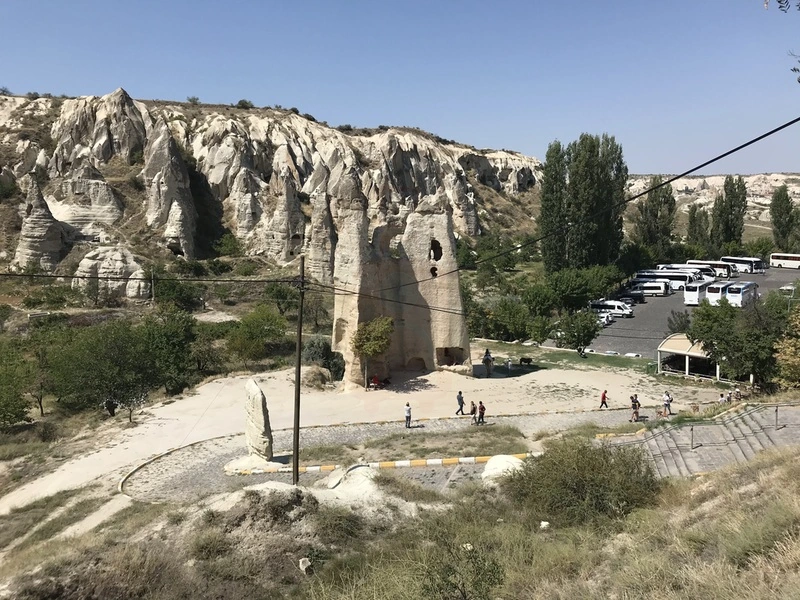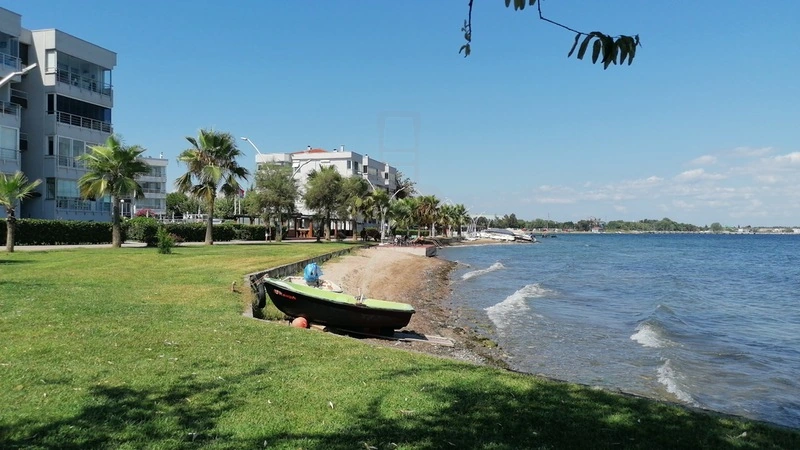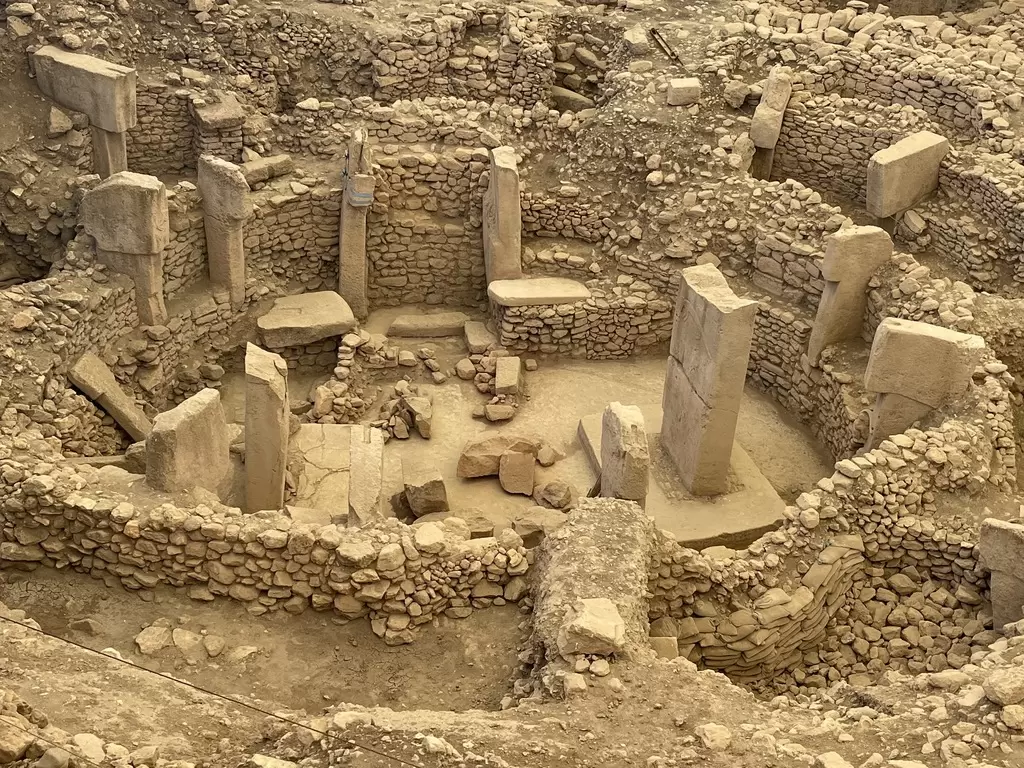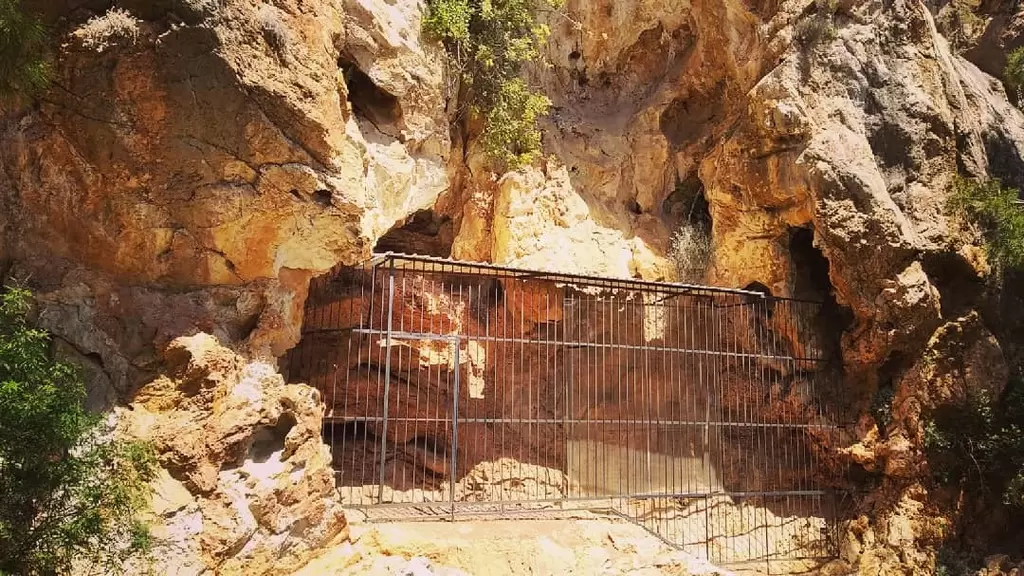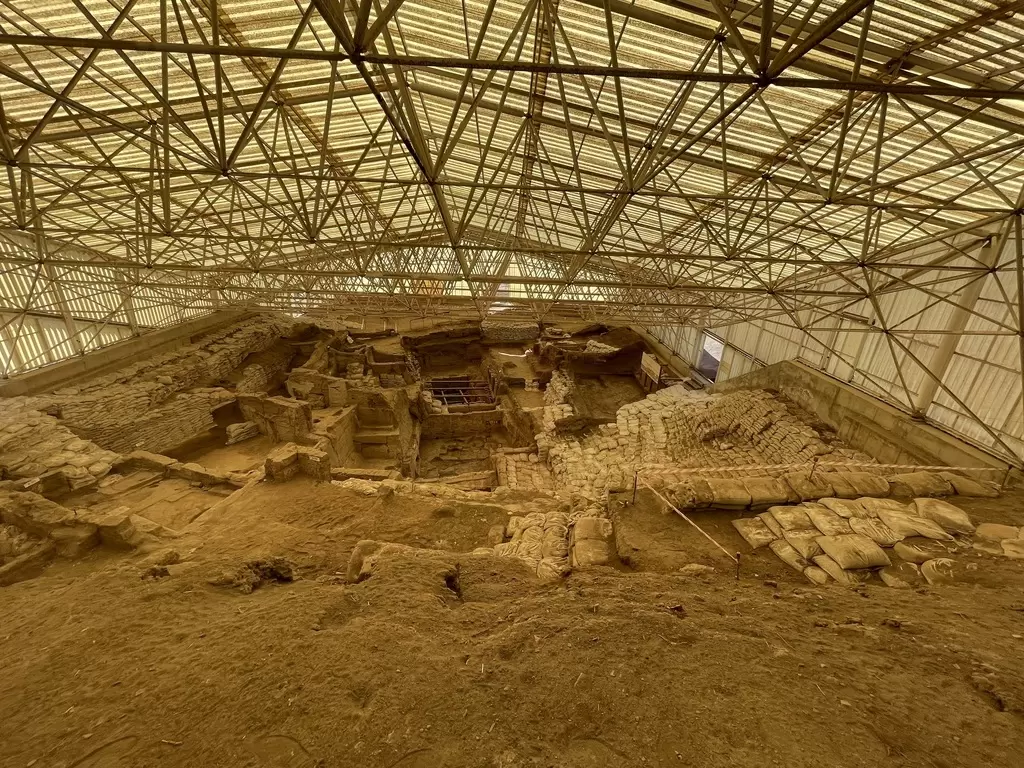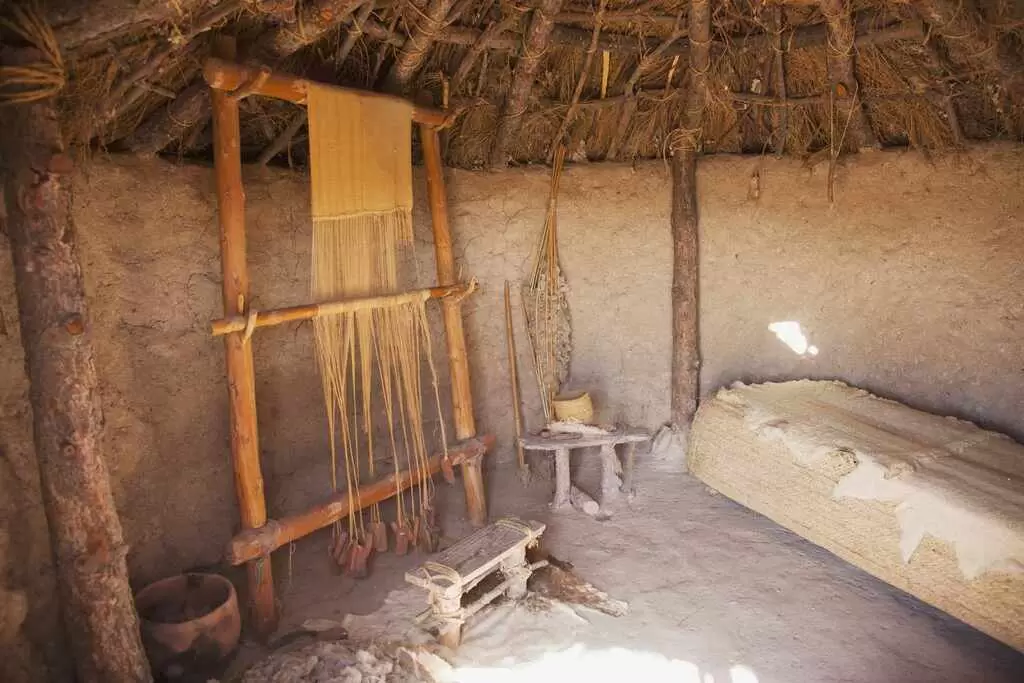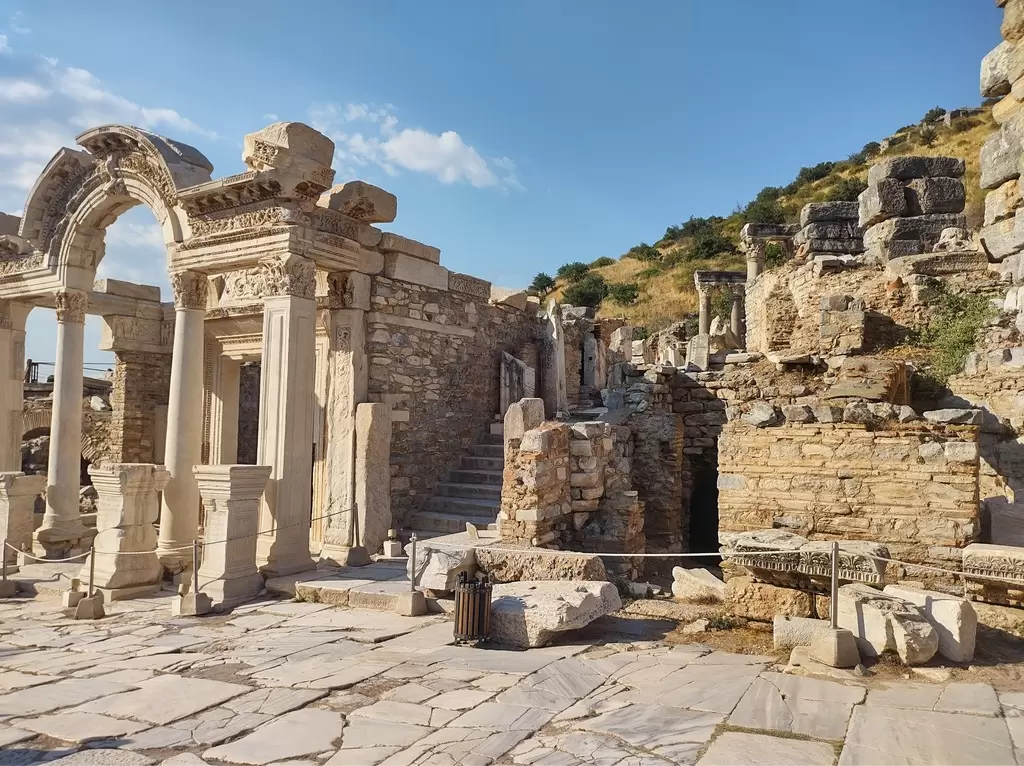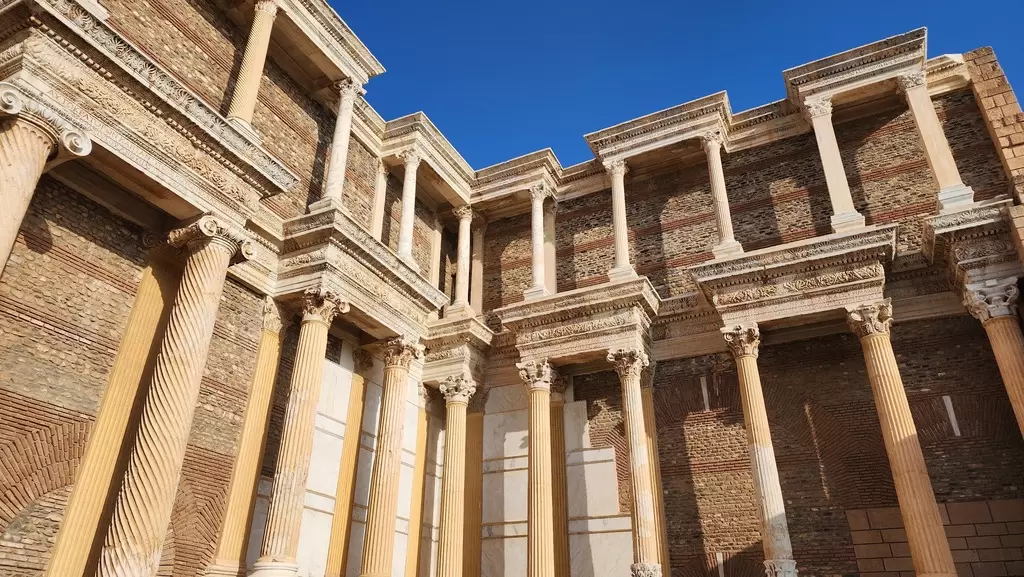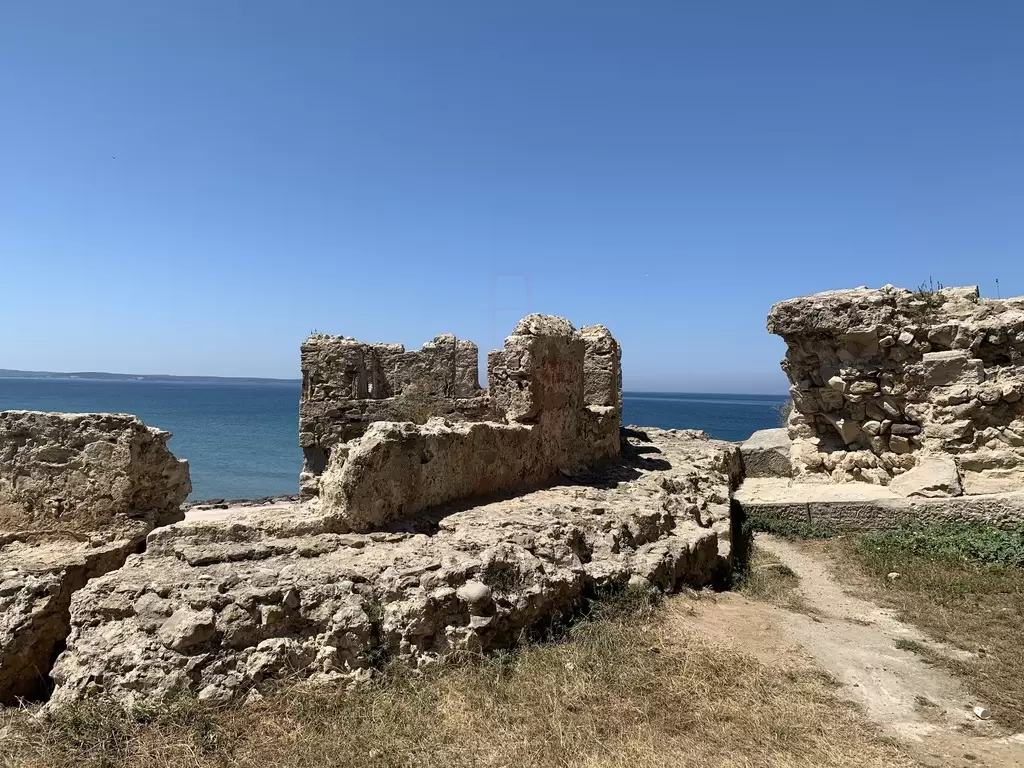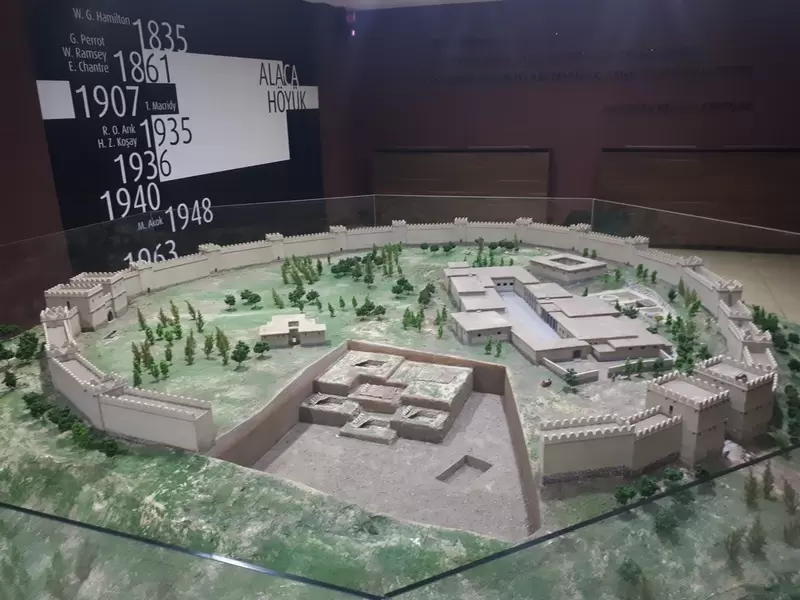
The Bronze Age in Anatolia, spanning roughly from 3000 to 1200 BCE, is a pivotal period marked by significant advancements in technology, culture, and societal organization. This era is characterized by the widespread use of bronze—a metal alloy of copper and tin—for tools, weapons, and various artifacts, which represented a major technological breakthrough over earlier stone tools.
One of the most notable archaeological sites from this period is Hattusa, the capital of the Hittite Empire. Hattusa is renowned for its impressive fortifications, monumental architecture, and advanced urban planning. The Hittites, who emerged as a powerful civilization during the Bronze Age, were known for their military prowess and played a crucial role in regional politics. They established a vast empire that extended into parts of modern-day Turkey, Syria, and beyond, engaging in both warfare and diplomacy with neighboring states.
Another significant site is Troy, famous for its legendary status in Homer's epics. Troy was a bustling city that engaged in extensive trade, benefiting from its strategic location near the Dardanelles. The layers of occupation at Troy reveal its importance as a center of commerce and culture, with influences from both the Aegean and Anatolian regions.
Alaca Höyük, a lesser-known but crucial site, provides insight into the early Bronze Age cultures of Anatolia. Excavations have uncovered elaborate burial mounds and rich grave goods, indicating a society with complex social hierarchies and artistic traditions. The intricate metalwork and pottery found at Alaca Höyük showcase the advanced craftsmanship of the time.
During the Bronze Age, trade networks flourished, connecting Anatolia with neighboring regions such as Mesopotamia, the Aegean, and the Levant. This trade facilitated the exchange of goods, ideas, and technologies, leading to cultural diffusion and innovation. The movement of materials like tin, essential for bronze production, highlights the interconnectedness of ancient societies.
Writing systems also emerged during this period, most notably the use of cuneiform script by the Hittites. Written records provide valuable insights into the political, economic, and religious aspects of Bronze Age life. These texts include treaties, legal codes, and religious hymns, reflecting a society that valued documentation and communication.
The Bronze Age in Anatolia is also marked by significant advancements in agriculture. The introduction of plowing techniques and irrigation systems led to increased agricultural productivity, supporting larger populations and the growth of urban centers. This agricultural surplus contributed to the social stratification observed in archaeological findings, with distinct classes emerging within society.
As the Bronze Age progressed, it faced challenges such as environmental changes, resource depletion, and conflicts between emerging powers. The Late Bronze Age, around 1200 BCE, saw the decline of several major civilizations, including the Hittites and the Mycenaeans, leading to a period of upheaval often referred to as the "Bronze Age Collapse." This transformation set the stage for the subsequent Iron Age and the rise of new cultures in Anatolia.
Today, the legacy of the Bronze Age in Anatolia is evident in the rich archaeological sites and artifacts that continue to captivate researchers and visitors alike. Museums and cultural heritage sites throughout the region showcase the achievements of this remarkable period, offering a glimpse into the complex societies that shaped the ancient world.






